Home>Home Appliances>Laundry Appliances>How To Wash Microfiber Cloth In The Washing Machine


Laundry Appliances
How To Wash Microfiber Cloth In The Washing Machine
Modified: March 25, 2024
Learn the proper way to wash microfiber cloths in the washing machine with our expert laundry appliance tips. Keep your cloths clean and effective.
(Many of the links in this article redirect to a specific reviewed product. Your purchase of these products through affiliate links helps to generate commission for Storables.com, at no extra cost. Learn more)
Introduction
Microfiber cloths are a staple in many households due to their exceptional cleaning capabilities. These specialized cloths are designed to attract and trap dust, dirt, and grime without the need for harsh chemicals. Whether you use them for cleaning glass surfaces, wiping down countertops, or dusting furniture, microfiber cloths are a versatile and eco-friendly cleaning solution.
In this comprehensive guide, we will explore the best practices for washing microfiber cloths in the washing machine. By following these simple yet effective steps, you can maintain the quality and performance of your microfiber cloths, ensuring that they continue to deliver superior cleaning results.
Properly caring for your microfiber cloths is essential to prolong their lifespan and preserve their cleaning efficacy. While these cloths are durable and reusable, they require specific care to prevent damage and maintain their unique cleaning properties. By understanding the proper washing techniques and utilizing the right products, you can keep your microfiber cloths in optimal condition for countless cleaning tasks.
Whether you are a cleaning enthusiast, a busy parent, or a professional cleaner, knowing how to wash microfiber cloths correctly is a valuable skill. With the right approach, you can effectively remove dirt and stains from your microfiber cloths, allowing you to continue enjoying their exceptional cleaning performance.
Now, let's delve into the step-by-step process of washing microfiber cloths in the washing machine to ensure that they remain clean, fresh, and ready for your next cleaning endeavor.
Key Takeaways:
- Keep your microfiber cloths clean and effective by shaking off loose debris before washing. This simple step prevents dirt buildup and ensures optimal cleaning performance in the washing machine.
- Use a mild, liquid detergent and the delicate wash cycle to maintain the quality of your microfiber cloths. Air dry them to preserve their softness and cleaning effectiveness for future use.
Read more: How To Clean Microfiber Furniture
Step 1: Shake off Loose Debris
Before tossing your microfiber cloths into the washing machine, it's crucial to start by shaking off any loose debris. This simple yet essential step helps prevent the accumulation of dirt and grime in the washing machine, ensuring that your cloths emerge from the wash cycle thoroughly clean and ready for future use.
To begin, take each microfiber cloth and gently shake it outdoors or over a trash bin. This action dislodges loose particles such as dust, hair, and small debris that may have accumulated during previous cleaning tasks. By removing these particles beforehand, you can prevent them from clogging the washing machine or transferring onto other laundry items during the wash cycle.
Additionally, shaking off loose debris minimizes the risk of these particles becoming trapped in the microfiber cloth's fibers, which could compromise its cleaning effectiveness over time. By maintaining the cleanliness of the cloth before washing, you can optimize its performance and ensure that it continues to deliver exceptional cleaning results.
It's important to handle the microfiber cloths with care during this process to avoid re-introducing dirt or debris onto the cloth's surface. By gently shaking and tapping the cloths, you can effectively dislodge the loose particles without causing damage to the delicate fibers.
By incorporating this simple yet crucial step into your microfiber cloth care routine, you can set the stage for a thorough and effective cleaning process in the washing machine. This proactive approach not only safeguards the performance of your microfiber cloths but also contributes to the overall cleanliness and efficiency of your laundry routine.
In summary, shaking off loose debris from your microfiber cloths before washing is a fundamental practice that sets the foundation for a successful cleaning process. By taking the time to remove accumulated dirt and debris, you can ensure that your microfiber cloths receive the care they need to continue delivering outstanding cleaning performance.
This initial step paves the way for the subsequent stages of washing microfiber cloths, ultimately contributing to the longevity and effectiveness of these essential cleaning tools.
Step 2: Use the Right Detergent
Selecting the appropriate detergent is a critical aspect of washing microfiber cloths effectively. Unlike traditional cleaning cloths, microfiber cloths have unique properties that require special care to maintain their cleaning efficacy. When it comes to choosing a detergent for washing microfiber cloths, it's essential to opt for a product that is gentle yet effective in lifting dirt and grime from the cloth's fibers without leaving behind residue or compromising its absorbency.
Ideally, a mild, liquid detergent that is free from fabric softeners, bleach, and strong fragrances is the best choice for washing microfiber cloths. These types of detergents are formulated to clean delicate fabrics without leaving behind any potentially damaging residues. Additionally, they help preserve the electrostatic properties of microfiber, ensuring that the cloths retain their exceptional dust and dirt-trapping capabilities.
When using a washing machine to clean microfiber cloths, it's important to avoid using excessive amounts of detergent. While it may be tempting to add extra detergent for heavily soiled cloths, doing so can lead to soap buildup, which can diminish the cloth's ability to attract and retain dirt. Instead, follow the manufacturer's guidelines for the recommended amount of detergent based on the load size and soil level.
To further enhance the cleaning process, consider adding a vinegar rinse to the wash cycle. White vinegar is a natural fabric softener and helps to remove any lingering detergent residues from the microfiber cloths. This simple yet effective step can contribute to maintaining the cloths' softness and absorbency while preventing the buildup of detergent or mineral deposits.
By using the right detergent and following proper dosage guidelines, you can ensure that your microfiber cloths are thoroughly cleaned without compromising their unique properties. This approach not only promotes the longevity of the cloths but also preserves their ability to deliver superior cleaning results across various surfaces.
In summary, choosing a mild, liquid detergent free from fabric softeners, bleach, and strong fragrances, and using the appropriate amount for the wash load, is essential for washing microfiber cloths effectively. By incorporating these considerations into your laundry routine, you can maintain the quality and performance of your microfiber cloths, allowing you to continue enjoying their exceptional cleaning capabilities.
To wash microfiber cloths in the washing machine, use a gentle cycle with warm water and a mild detergent. Avoid using fabric softener or bleach, as they can damage the fibers. Air dry or use a low heat setting in the dryer to prevent damage.
Step 3: Select the Right Wash Cycle
Choosing the appropriate wash cycle is a crucial step in ensuring that your microfiber cloths are thoroughly cleaned without being subjected to unnecessary wear and tear. While it may be tempting to opt for a heavy-duty or high-temperature wash cycle to tackle stubborn stains, it's important to consider the unique characteristics of microfiber cloths and select a cycle that aligns with their specific care requirements.
For washing microfiber cloths, the delicate or gentle cycle is typically the most suitable option. This cycle is designed to provide a thorough yet gentle cleaning process, minimizing agitation and reducing the risk of damaging the delicate fibers of the cloths. By opting for the delicate cycle, you can effectively remove dirt and grime from the cloths while safeguarding their integrity and prolonging their usability.
In addition to selecting the appropriate wash cycle, it's advisable to adjust the water temperature to complement the cleaning needs of the microfiber cloths. In general, using warm water is sufficient for effectively cleaning microfiber cloths without subjecting them to excessive heat that could potentially compromise their performance. Warm water helps to activate the detergent and lift dirt from the cloths' fibers while maintaining their softness and absorbency.
When it comes to the spin speed, opting for a lower or medium setting is recommended to prevent excessive stress on the microfiber cloths during the washing process. High-speed spinning can place undue pressure on the delicate fibers, potentially causing them to become misshapen or damaged. By choosing a lower spin speed, you can minimize the risk of wear and tear, allowing the microfiber cloths to emerge from the wash cycle in optimal condition.
Furthermore, it's essential to avoid overloading the washing machine when washing microfiber cloths. Overcrowding the machine can impede the cloths' ability to move freely during the wash cycle, hindering the cleaning process and potentially leading to inadequate results. By allowing ample space for the cloths to circulate within the machine, you can ensure that they receive thorough and uniform cleaning.
By carefully considering the wash cycle, water temperature, spin speed, and load size, you can effectively tailor the washing process to meet the specific care needs of microfiber cloths. This thoughtful approach not only promotes the cleanliness of the cloths but also contributes to preserving their quality and prolonging their usability for future cleaning tasks.
In summary, selecting the right wash cycle is a fundamental aspect of washing microfiber cloths effectively. By prioritizing the delicate cycle, adjusting the water temperature, optimizing the spin speed, and avoiding overloading the washing machine, you can maintain the integrity and cleaning performance of your microfiber cloths, ensuring that they remain a reliable and efficient cleaning tool in your household.
Step 4: Dry the Microfiber Cloth
After the washing cycle is complete, it's essential to properly dry the microfiber cloths to maintain their quality and ensure that they are ready for future use. Drying microfiber cloths is a critical step in the overall care process, as it directly impacts their absorbency, softness, and cleaning effectiveness.
When it comes to drying microfiber cloths, air drying is the preferred method to preserve their unique properties. Hang the freshly washed microfiber cloths on a clothesline or drying rack in a well-ventilated area, away from direct sunlight. Avoid using a dryer, as the high heat can potentially damage the delicate fibers of the cloths, leading to a decline in their performance over time.
Allowing the microfiber cloths to air dry naturally not only helps maintain their softness and absorbency but also prevents the risk of shrinkage or distortion. The gentle air circulation facilitates the evaporation of moisture from the cloths without subjecting them to excessive heat, ensuring that they retain their optimal cleaning capabilities.
It's important to ensure that the microfiber cloths are completely dry before storing or using them for cleaning tasks. Check for any residual dampness, particularly in the thicker or more densely woven areas of the cloths, and allow them to air dry further if necessary. Properly dried microfiber cloths are less prone to harboring bacteria or developing musty odors, contributing to their overall cleanliness and usability.
In the event that immediate use of the microfiber cloths is required, gently pat them with a clean, dry towel to remove excess moisture before air drying. This simple step can expedite the drying process while ensuring that the cloths remain in optimal condition for use.
By prioritizing air drying and taking the necessary precautions to avoid heat exposure, you can effectively preserve the quality and performance of your microfiber cloths. This mindful approach to drying not only safeguards the integrity of the cloths but also contributes to their longevity, allowing you to continue relying on them for various cleaning tasks.
In summary, air drying the microfiber cloths is a crucial step in maintaining their quality and cleaning effectiveness. By allowing the cloths to dry naturally and avoiding heat exposure, you can ensure that they retain their exceptional properties, ready to deliver superior cleaning results whenever needed.
Read more: How To Clean A Microfiber Recliner
Conclusion
In conclusion, knowing how to properly wash microfiber cloths in the washing machine is essential for maintaining their cleaning efficacy and prolonging their usability. By following the step-by-step process outlined in this guide, you can ensure that your microfiber cloths remain clean, fresh, and ready to tackle various cleaning tasks with exceptional efficiency.
Shaking off loose debris before washing sets the stage for a thorough cleaning process, preventing the accumulation of dirt and grime in the washing machine and safeguarding the integrity of the cloths. This simple yet crucial step contributes to the overall cleanliness and effectiveness of the washing process, ensuring that the microfiber cloths are prepared for optimal results.
Selecting the right detergent is equally important, as it directly impacts the cleaning performance and longevity of the microfiber cloths. By choosing a mild, liquid detergent free from fabric softeners, bleach, and strong fragrances, you can effectively lift dirt and grime from the cloths' fibers without compromising their unique properties. Following proper dosage guidelines and considering a vinegar rinse further enhances the cleaning process, promoting the cloths' softness and absorbency.
When it comes to the wash cycle, prioritizing the delicate setting, adjusting the water temperature, and optimizing the spin speed are essential for safeguarding the delicate fibers of the microfiber cloths. By carefully tailoring the wash cycle to meet the specific care needs of the cloths, you can ensure thorough cleaning while minimizing the risk of damage or wear and tear.
Properly drying the microfiber cloths, preferably through air drying, is the final step in the comprehensive care process. By avoiding heat exposure and allowing the cloths to dry naturally, you can preserve their softness, absorbency, and cleaning effectiveness, ensuring that they are ready for future use.
Incorporating these best practices into your microfiber cloth care routine not only maintains the quality and performance of the cloths but also contributes to their longevity, allowing you to continue relying on them for various cleaning tasks. With the right approach to washing and caring for microfiber cloths, you can maximize their cleaning potential and enjoy the benefits of a sustainable and effective cleaning solution in your household.
Frequently Asked Questions about How To Wash Microfiber Cloth In The Washing Machine
Was this page helpful?
At Storables.com, we guarantee accurate and reliable information. Our content, validated by Expert Board Contributors, is crafted following stringent Editorial Policies. We're committed to providing you with well-researched, expert-backed insights for all your informational needs.

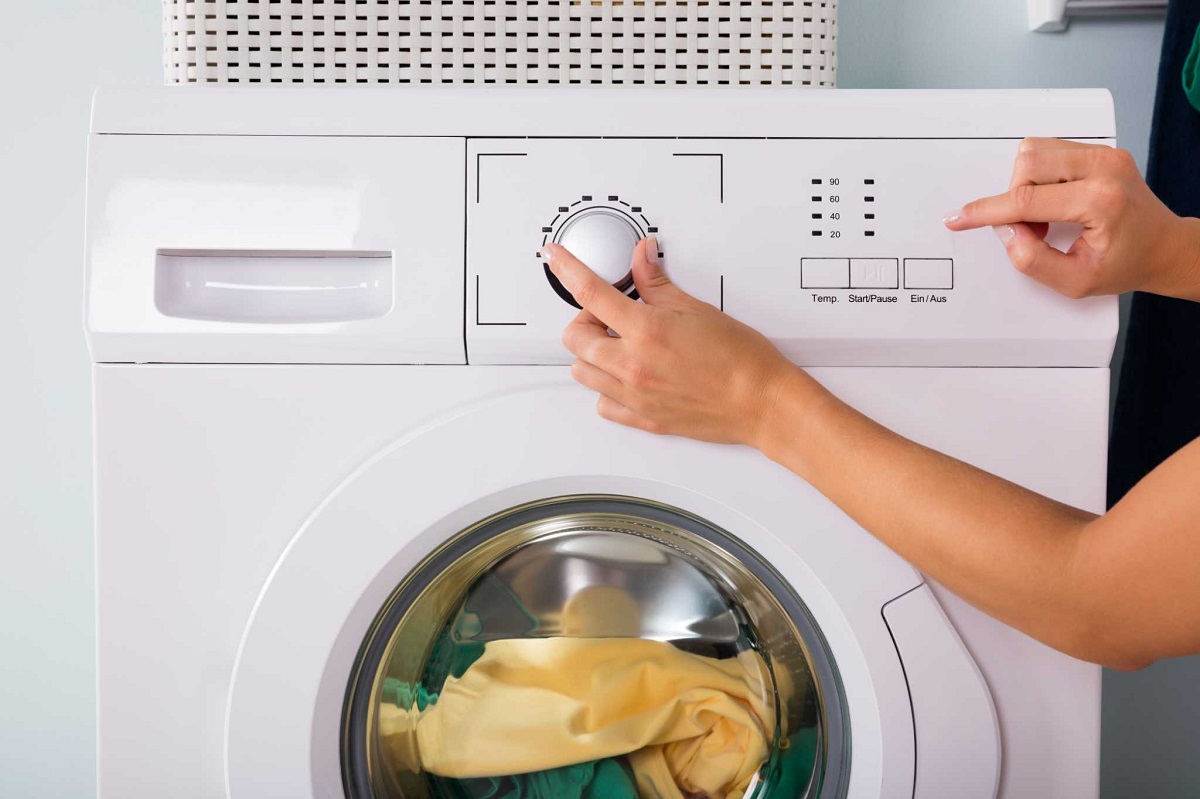
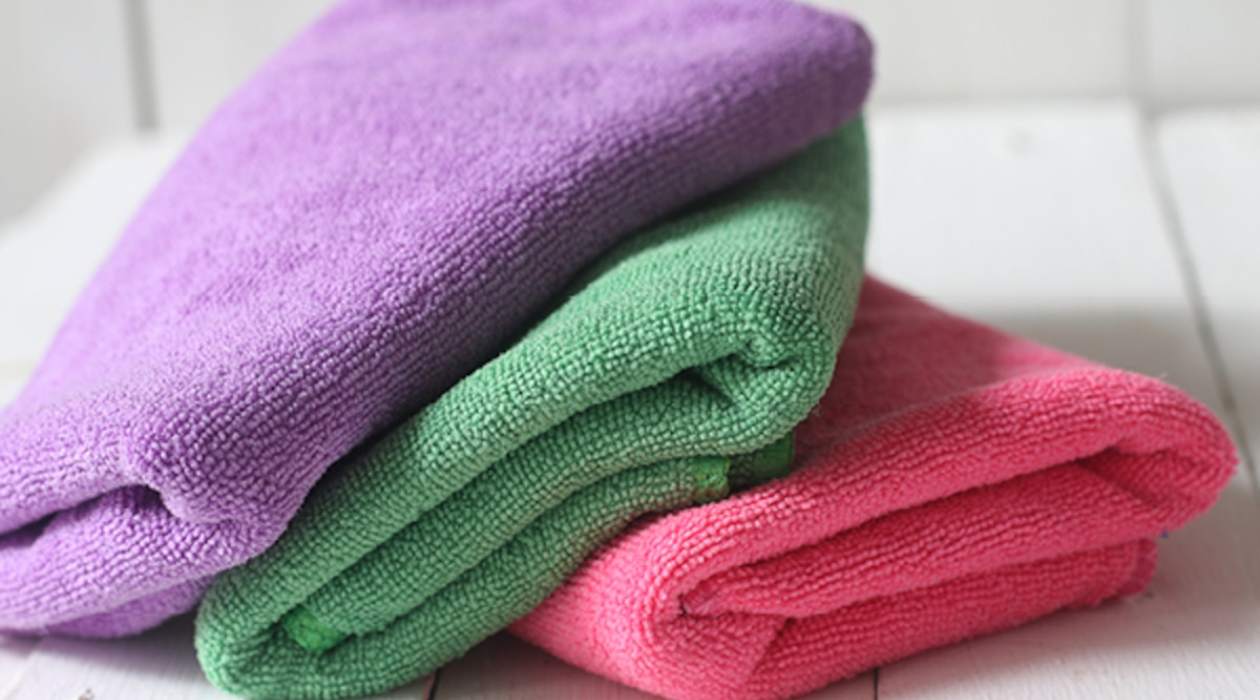

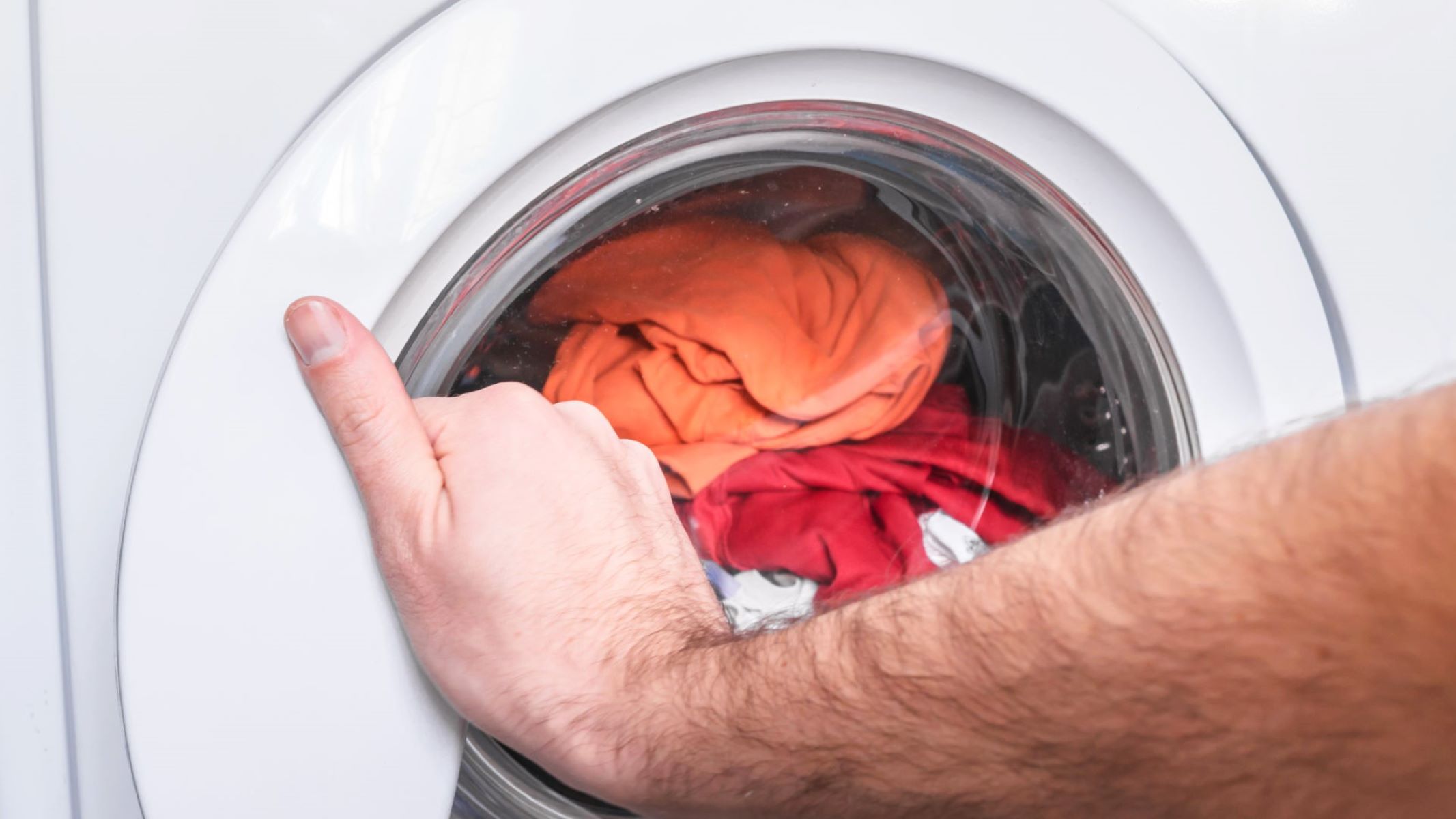
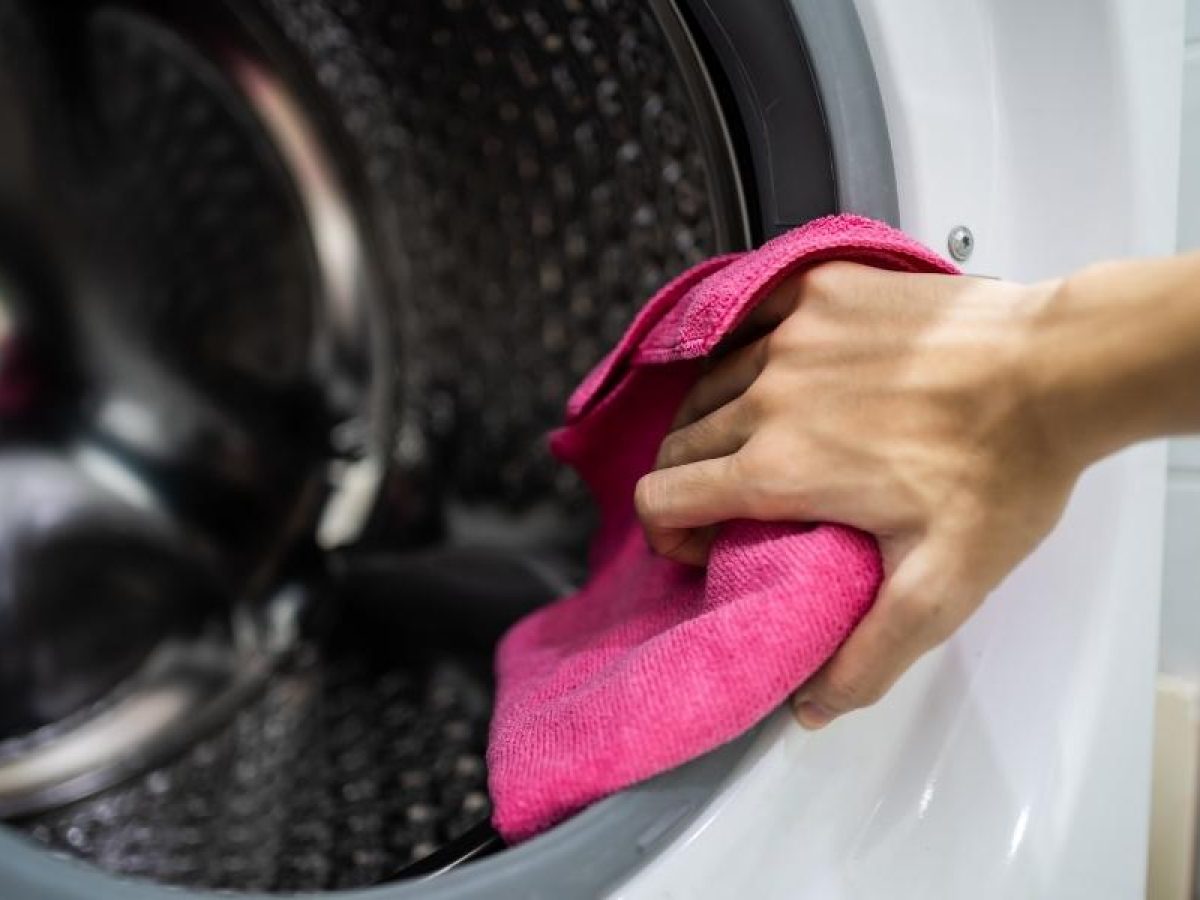
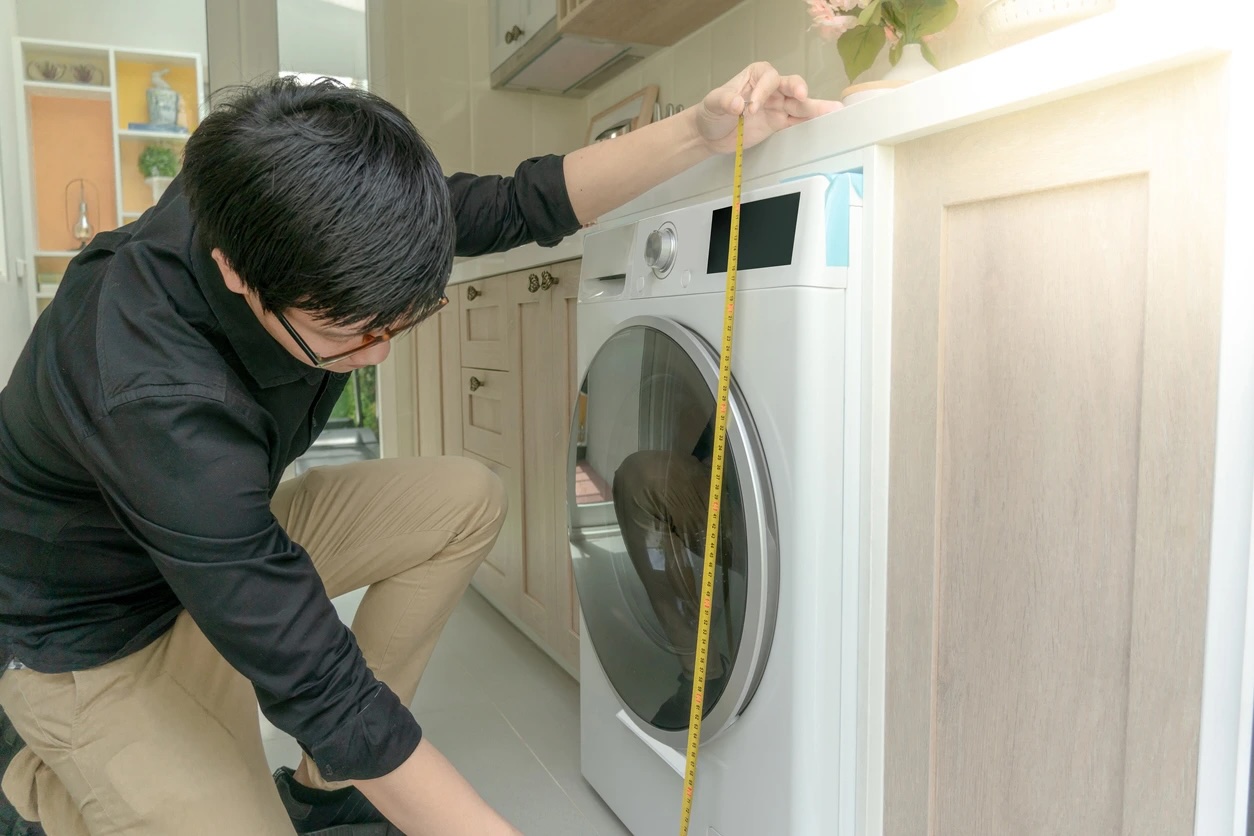
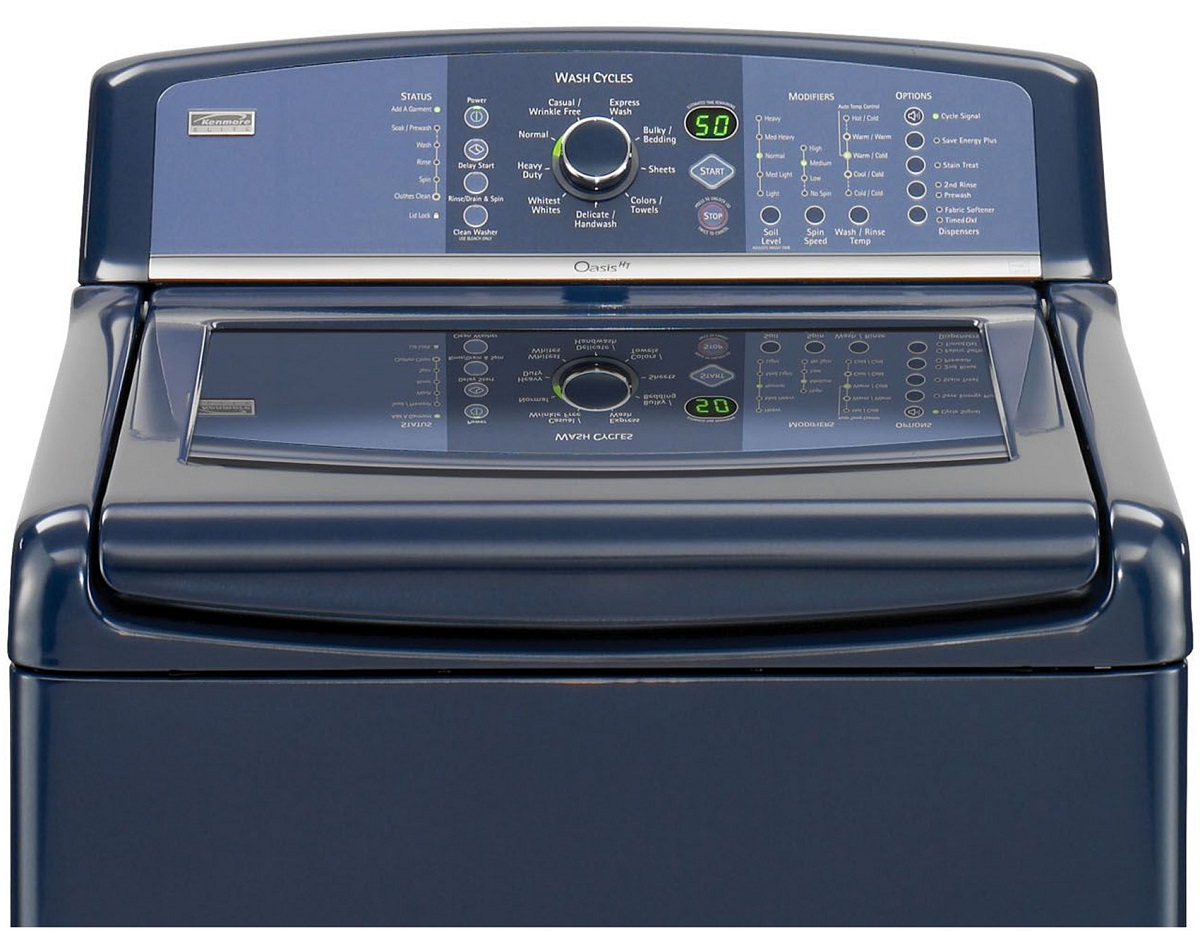
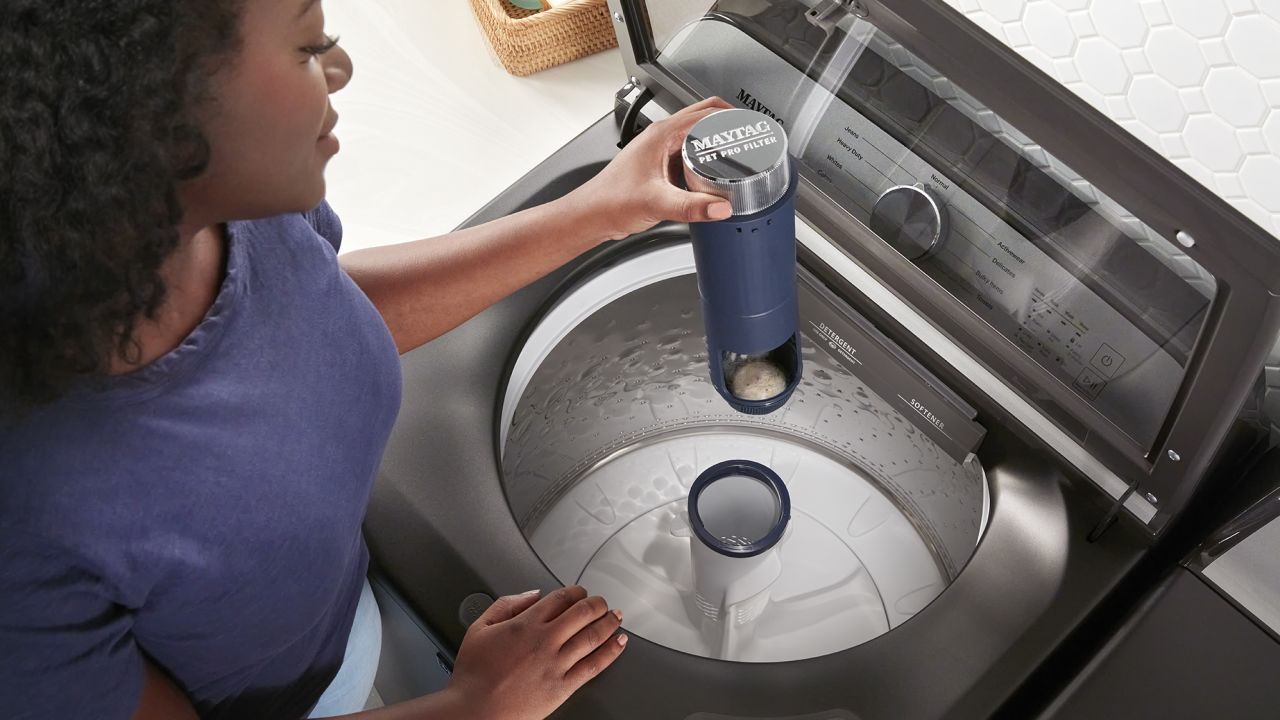
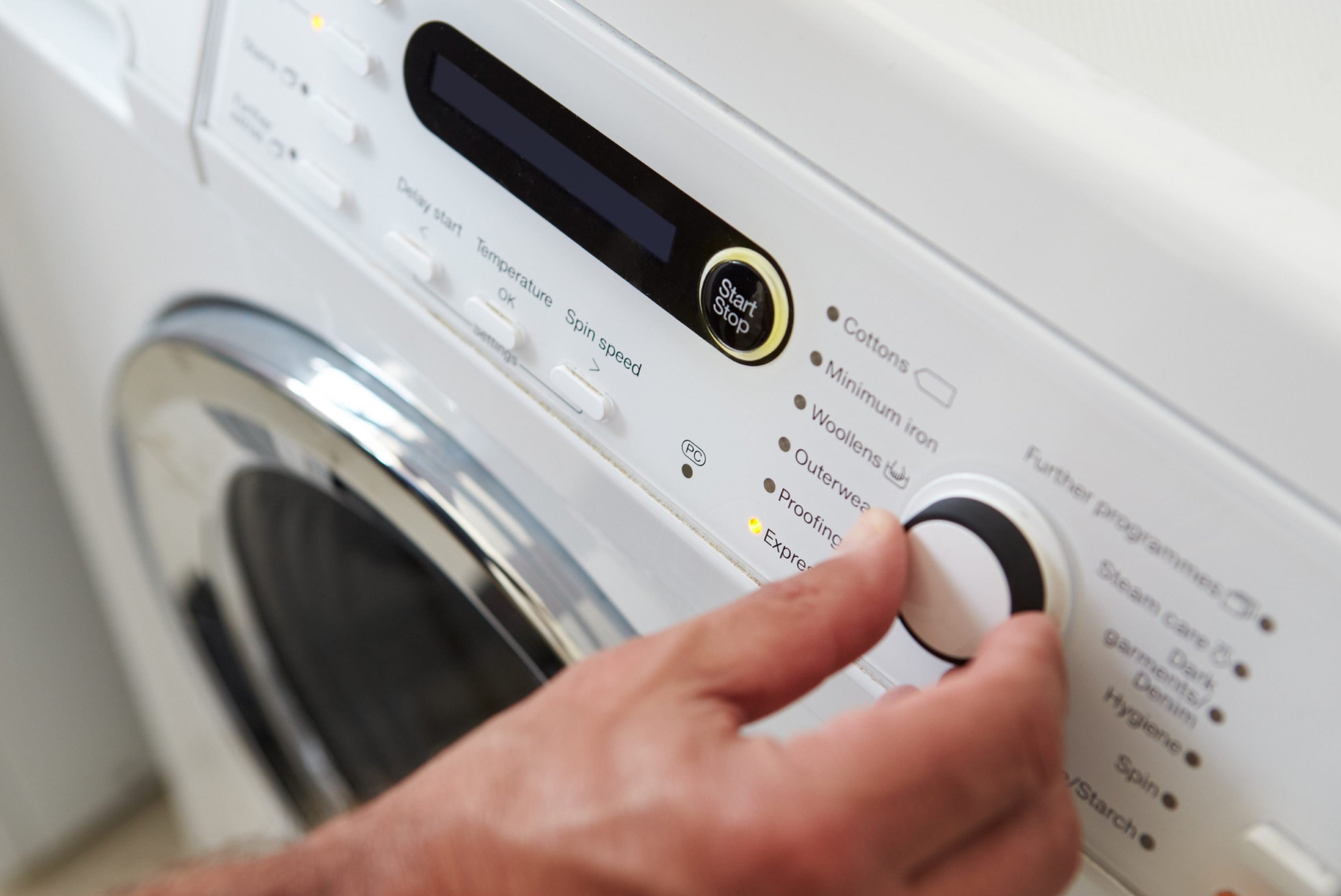
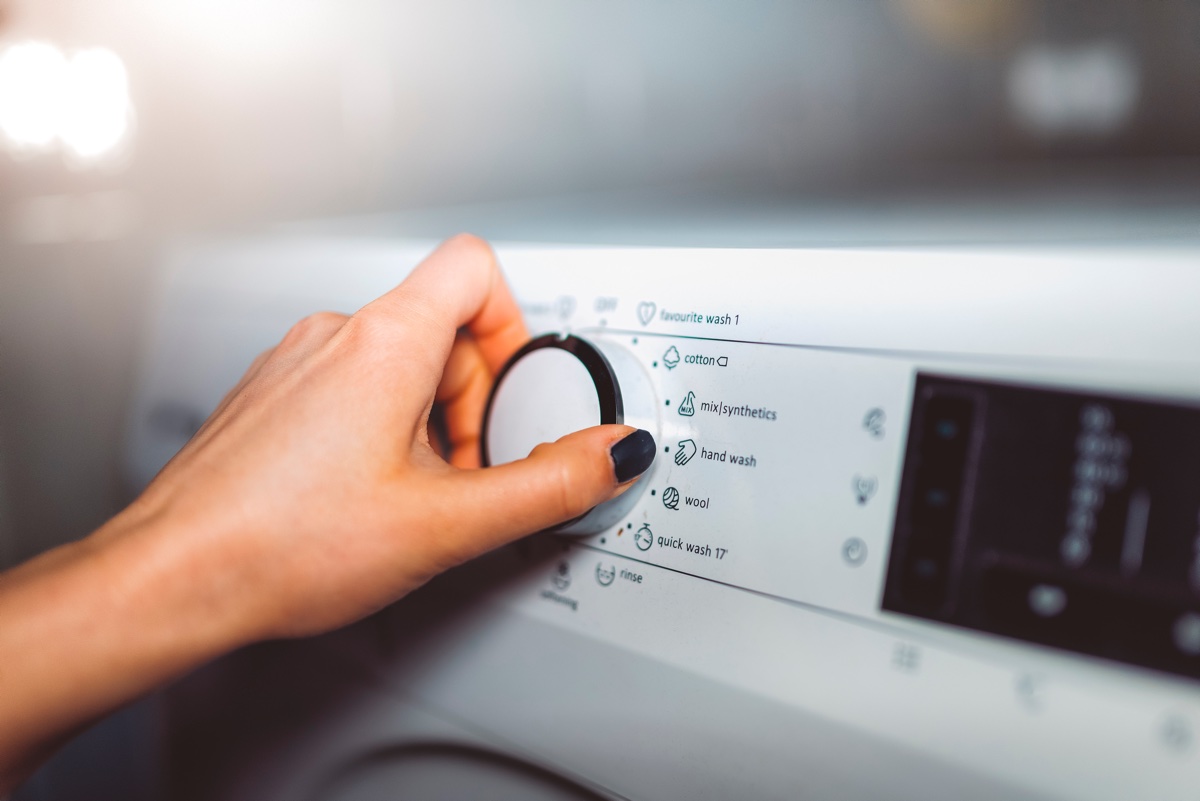




0 thoughts on “How To Wash Microfiber Cloth In The Washing Machine”